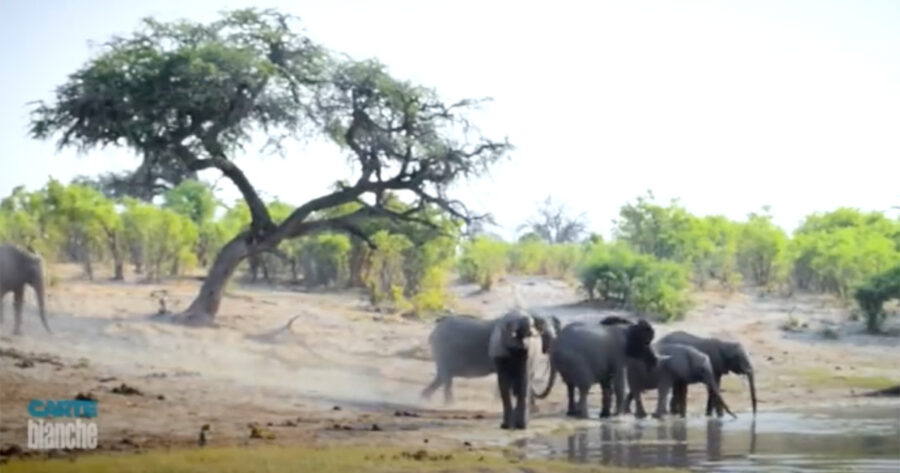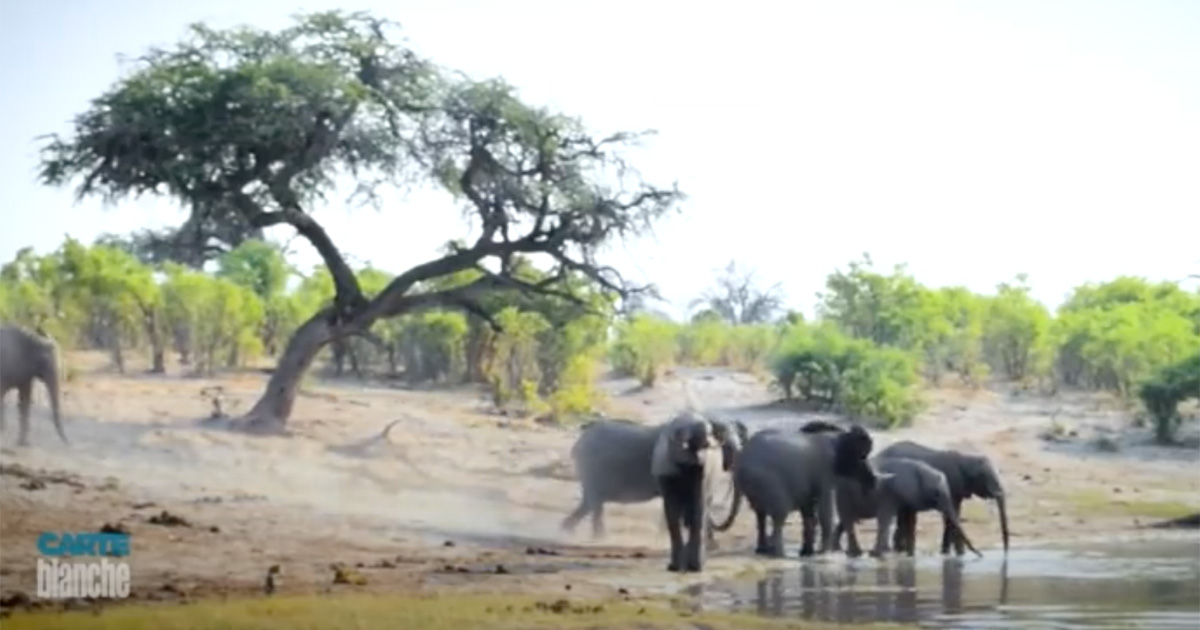
Mystery Solved of Hundreds of Elephants Dying Suddenly in Botswana
The mystery of why hundreds of elephants (over 300) have been suddenly dying in Botswana – some literally dropping dead on their faces – has been solved, according to Botswana authorities. The Ministry of Environment, Natural Resources Conservation and Tourism said in a live broadcast on Monday that toxins in the water is to blame […]

The mystery of why hundreds of elephants (over 300) have been suddenly dying in Botswana – some literally dropping dead on their faces – has been solved, according to Botswana authorities. The Ministry of Environment, Natural Resources Conservation and Tourism said in a live broadcast on Monday that toxins in the water is to blame for the horrific deaths.
After laboratories in Zimbabwe, South Africa and Canada studied samples taken from the elephant carcasses; as well as analysing soil and water samples, it was concluded that the seasonal water pans were the cause of the mortalities.
The ministry said tests showed there had been a change in environmental factors in the Okavango Delta and that bacteria in the water produced these toxins which are known to affect wildlife and livestock.
Mmadi Reuben, the senior veterinary officer at the Department of Wildlife and National Parks, said the cyanobacteria can produce deadly toxins – cyanobacterial neurotoxins – which cause a breakdown in the elephant’s nervous system. The cyanobacteria, which occurs in standing water, can grow into large ‘blooms’ known as blue-green algae.
The reason why only elephants were affected is being investigated, he said, hypothesising it could be because they “use their trunks to access water below the surface, where this bacteria resides”.
The officials said the deaths were limited to elephants only, and to those who used the water in one area only – an area where there is a dense population of elephants (over 13,500).
Human involvement including poaching was ruled out (since no tusks were missing, and the Botswana Defence Force plays a major role in ensuring the safety of elephants in the region). The officials said if nerve gas had been used, then other species would have been affected.
Reuben said: “We also discovered that when the pans started to dry up around June this year, the mortality also stopped.
“We know that the rainy season is just around the corner and we are working on some strategies to ensure that we don’t register more deaths of elephants in that area again.” Experts have warned that with climate change, these kind of toxic blooms could be seen more as they prefer warmer water.
Some journalists cast doubt on the official explanation, questioning the death of hundreds of elephants just a year after Botswana revealed there was a major human-elephant conflict problem in the area and announcing a lifting of the ban on elephant hunting to control population size (which caused international outrage). With over 130,000 elephants in Botswana, the country is home to a third of the continent’s elephant.
https://www.facebook.com/www.mewt199.co.bw/posts/3413161385428175/
WATCH The Mystery in the Okavango Dela – Carte Blanche
https://youtu.be/jq8UP19ju1g
Remember, if you live overseas you can still watch Carte Blanche by streaming it from Tuesdays on Showmax International (in most countries).
